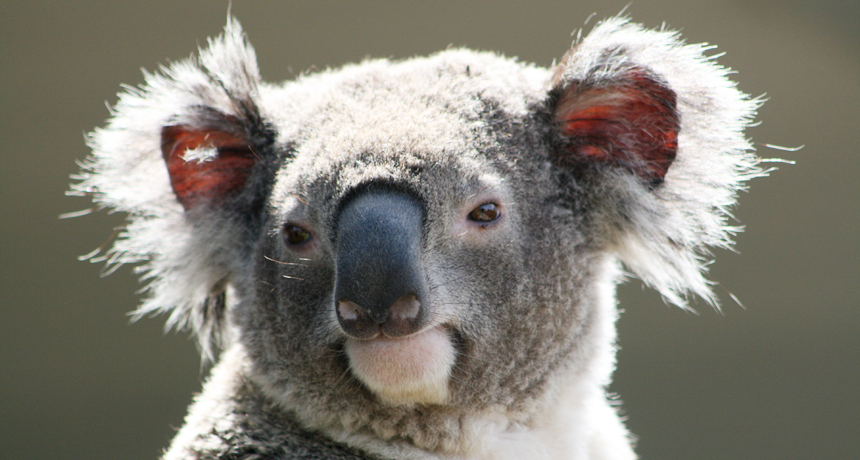Koalas’ very deep voice
An unexpected extra set of vocal cords lets males hit some surprisingly low notes

How can a relatively tiny koala belt out mating songs in a bass range more typical of elephants? The answer is outside their voice box.
Poco a poco/Wikimedia Commons







